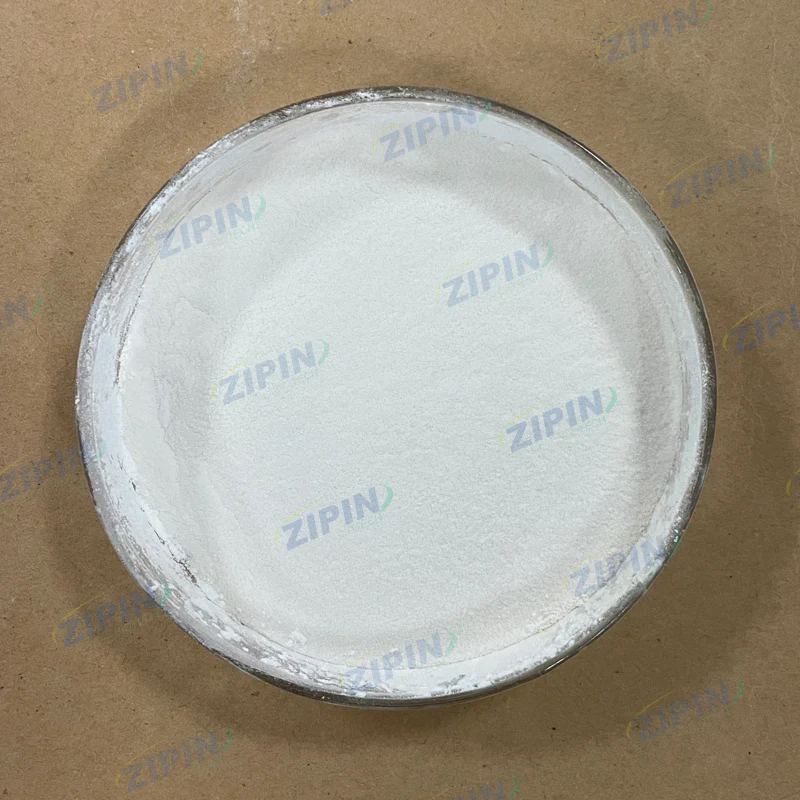Transglutaminase: A Q&A Guide to Understanding Its Role and Uses
2024-10-23
Transglutaminase is an enzyme that plays an essential role in food production and biomedical applications. Often called the "meat glue," it helps bind proteins together, creating new textures and enhancing product quality. In this guide, we address common questions about transglutaminase, shedding light on how it works, where it is used, and its benefits and risks.
What Is Transglutaminase?
Transglutaminase is an enzyme that catalyzes the formation of bonds between proteins, specifically by linking the amino acids glutamine and lysine. This cross-linking action helps improve the texture, elasticity, and stability of food products. Naturally present in the human body, transglutaminase is also found in microorganisms and plants. In commercial applications, it is typically derived from bacterial fermentation.
How Does Transglutaminase Work?
The enzyme forms covalent bonds between protein molecules, creating a more cohesive structure. This reaction enhances the binding of ingredients, which is especially useful in foods like meat, dairy, and baked goods. By cross-linking proteins, transglutaminase helps improve texture and reduces the need for additives or fillers.
What Are the Main Applications of Transglutaminase in Food?
Transglutaminase is widely used in the food industry for several purposes:
Meat and fish processing: Helps bind smaller pieces of meat or fish into larger portions, such as restructured steaks or fish fillets.
Dairy products: Improves the texture of yogurt and cheese by strengthening the protein network.
Bakery products: Enhances the elasticity of dough, leading to better bread structure and volume.
Plant-based foods: Used to improve texture and binding in meat substitutes and vegan products.
These applications make transglutaminase a valuable tool for creating high-quality, uniform products with improved mouthfeel.
Why Is Transglutaminase Sometimes Called "Meat Glue"?
The nickname "meat glue" refers to the enzyme’s ability to bind smaller pieces of meat together into a seamless, larger cut. In the food industry, this allows manufacturers to create uniformly sized portions or reconstitute meat trimmings into whole-looking products. This practice can reduce food waste while ensuring consistent quality.
Is Transglutaminase Safe to Use?
Yes, transglutaminase is generally recognized as safe (GRAS) by food regulatory agencies, including the US Food and Drug Administration (FDA). Studies have shown that it does not pose significant health risks when consumed in typical quantities used in food production. However, individuals with gluten intolerance or celiac disease should be cautious, as the enzyme may sometimes interact with gluten proteins.
Are There Any Health Concerns Associated with Transglutaminase?
While transglutaminase is considered safe for most people, a few concerns have been raised:
Allergic reactions: Some individuals may experience allergies related to the protein bonding process, though such cases are rare.
Labeling transparency: In some countries, foods containing transglutaminase may not always be clearly labeled, which can cause concern among consumers.
Potential for contamination: Restructured meat products require proper handling to prevent bacterial contamination, as smaller pieces of meat may harbor pathogens if not cooked thoroughly.
When used responsibly, transglutaminase poses minimal risks, and the potential health concerns are largely linked to manufacturing practices rather than the enzyme itself.
How Does Transglutaminase Benefit the Food Industry?
Transglutaminase offers several advantages for food manufacturers, including:
Reduced waste: It allows smaller scraps of meat or fish to be combined into larger portions, minimizing waste.
Improved product consistency: Ensures uniform texture and structure in processed foods.
Enhanced sensory qualities: Creates a better mouthfeel, making products more appealing to consumers.
Cost savings: Reduces the need for expensive ingredients or binding agents by naturally enhancing protein interaction.
These benefits make it a popular choice for manufacturers aiming to improve both product quality and sustainability.
Are There Non-Food Applications of Transglutaminase?
Yes, transglutaminase is also used in biomedical research and pharmaceutical applications. Its ability to modify proteins makes it useful for creating tissue scaffolds in regenerative medicine and enhancing drug delivery systems. Additionally, it plays a role in developing biological adhesives used in wound healing and surgery. These non-food applications highlight the enzyme's versatility beyond food production.
Can Transglutaminase Be Used in Vegan or Plant-Based Foods?
Absolutely. Transglutaminase is valuable in plant-based food production, where it helps bind plant proteins and create textures similar to those of animal products. In vegan burgers, sausages, or dairy alternatives, the enzyme ensures the structural integrity and mouthfeel needed to mimic traditional animal-based foods. This use is particularly important as the demand for plant-based products continues to grow.
How Does the Use of Transglutaminase Affect Consumers?
For consumers, transglutaminase means access to a broader range of high-quality food products. The enzyme enhances the texture and appearance of foods, making them more appealing. However, it also raises questions about transparency in labeling and the authenticity of products like restructured meat. Consumers should be aware of the enzyme’s presence, especially if they prefer minimally processed or organic foods.
Conclusion
Transglutaminase is a powerful enzyme that plays an important role in food production and biomedical research. Its ability to bind proteins makes it invaluable for improving product texture, reducing waste, and enhancing food quality. While it offers significant benefits to manufacturers and consumers alike, it also comes with certain challenges, such as the need for transparent labeling and proper food handling. With the growing demand for innovative food solutions, transglutaminase will likely remain a key player in both the food and pharmaceutical industries.



